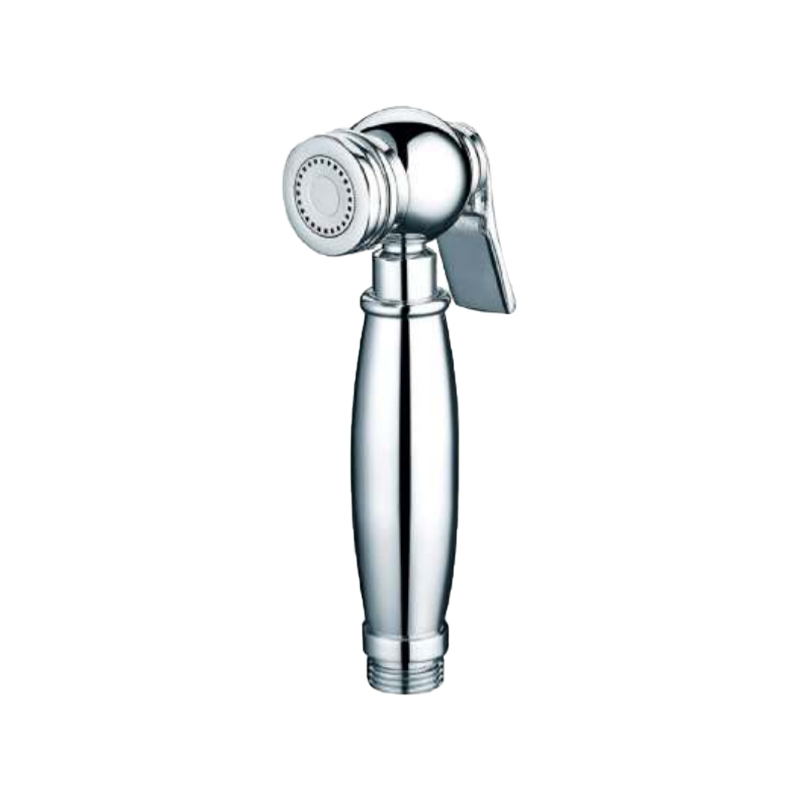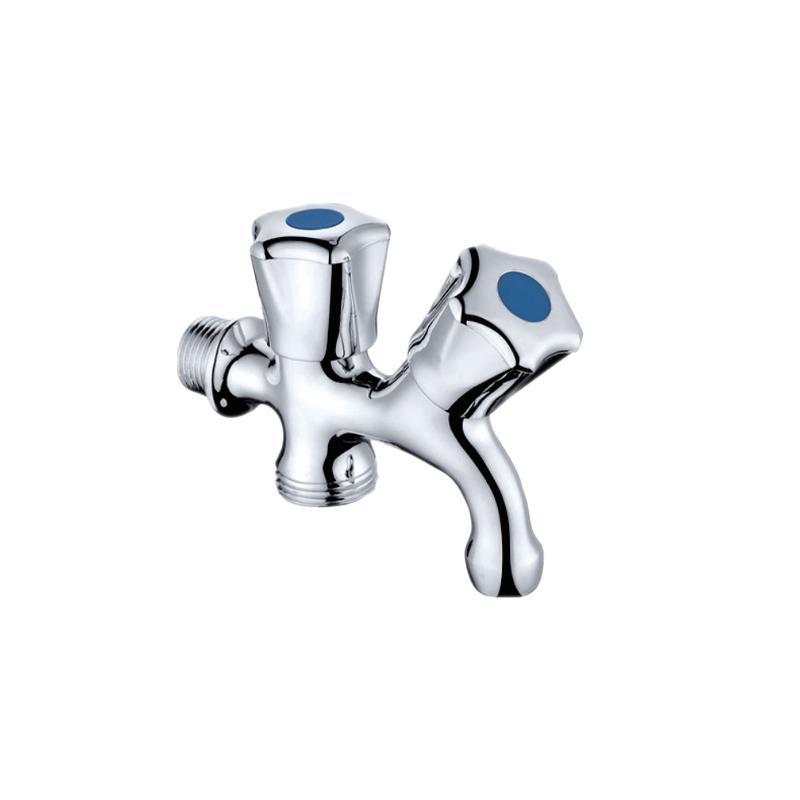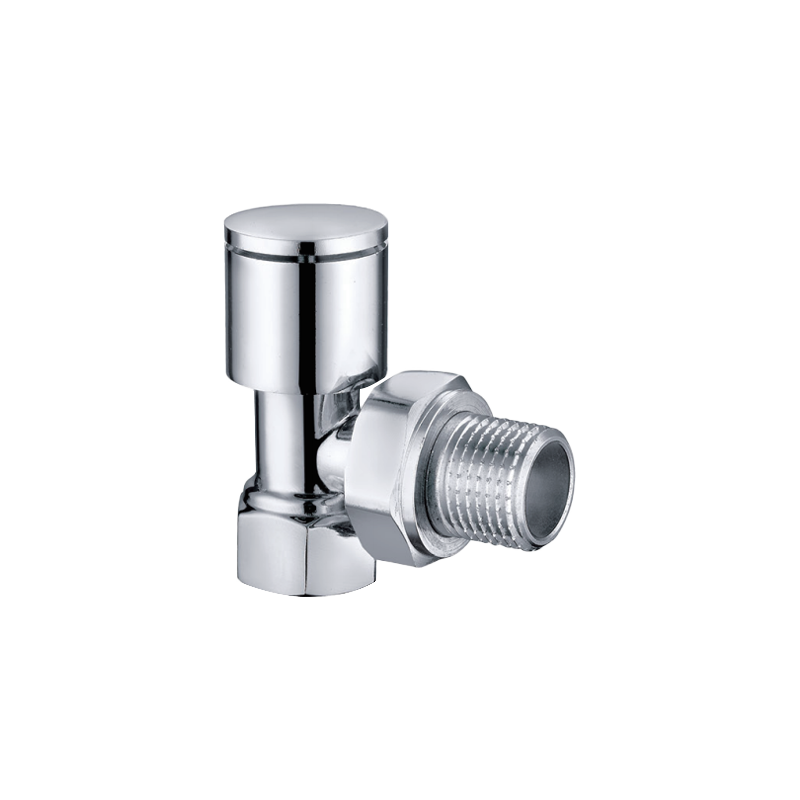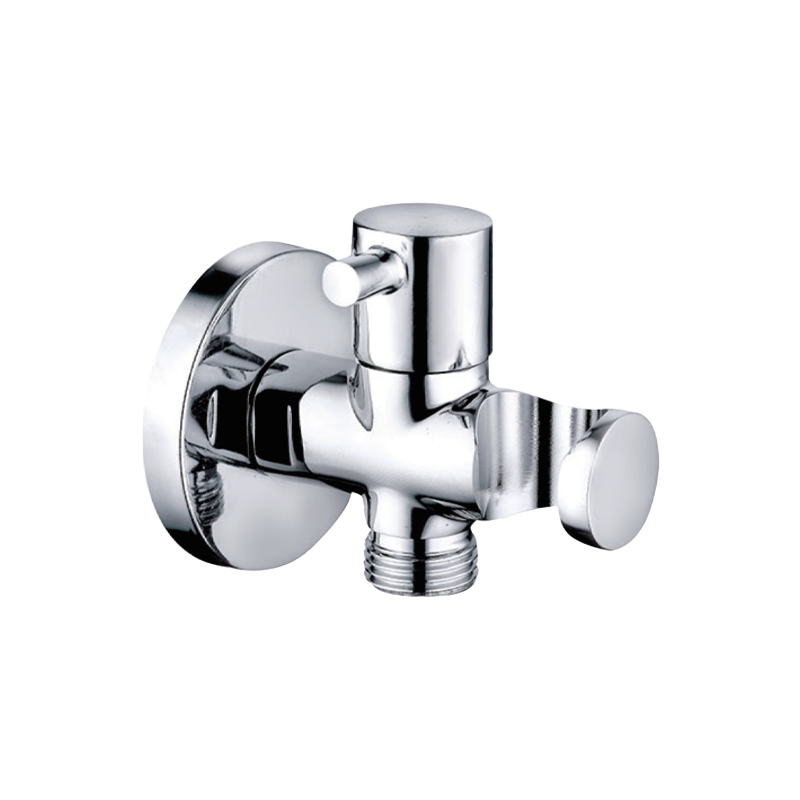
The purpose of most water valves is to completely or partially limit the flow of water through the pipe. There are many different styles of water valves, mainly depending on where and how they are used. This can take the form of a simple tap valve to prevent water from flowing through the tap, or it may involve more, such as a butterfly valve, which is specially designed for the construction of large diameter pipes that are not commonly used in residential buildings.
At first, it may be difficult to distinguish different types of water valves, but by taking the time to understand these key piping devices, you can better understand the use and design of each type.
1. Gate valve
Type of water valve - gate valve
Gate valves can easily become one of the most common water valves used in general and residential pipelines. As the first valve patented in the United States as early as 1839, the gate valve has been used as the main stop valve, isolation valve, hot water tank valve, etc. The gate valve has an internal gate, which can be lowered to reduce or completely stop the flow when its circular handle rotates slowly.
These types of water valves allow the user to control a specific flow of water, rather than simply switching between open and closed positions. Due to the controlled opening and closing mechanism, the gate valve is very suitable for families that often encounter water hammer problems. However, it should be noted that when used in large quantities, the stem and valve nut may become loose, resulting in leakage. Alternatively, if the valve has never been used, it may become stuck and unusable. This reliable gate valve is made of corrosion resistant brass and is suitable for mounting on 3/4 inch water pipes with 3/4 inch MIP adapters.
2. Stop valve or stop valve
Type of water valve - stop valve, stop valve
Globe valves are not common on commonly used 1/2 inch or 3/4 inch water pipes, but they are an excellent choice for water pipes with a diameter of 1 inch or larger. Due to their large internal structure, these valves are often larger than gate valves. They have a horizontal internal baffle whose opening can be partially restricted or completely blocked by a plug raised or lowered by the round handle of the rotary valve. Similar to the gate valve, if the user is looking for precise control of water flow, the globe valve is a good choice. The plug can be lowered or raised slowly, which also makes it easier to prevent water hammer in families that usually encounter this recurring problem. Most suitable: For large residential pipelines, the stop valve is a good substitute for the gate valve, which is most suitable to help reduce water hammer problems.
3. Check valve
Type of water valve - check valve
Although the check valve does not look like a typical valve, and may not even have the same ability to prevent the flow of water, this does not make the check valve less important to the pipeline system. This type of valve is specially designed to allow water to flow through the inlet side of the valve. The force of water inlet pushes to open an articulated disc to ensure that the valve will not reduce the water pressure. However, the same hinged disc prevents water from flowing through the valve in the opposite direction, because any force applied to the disc will only push the disc to close. Check valves are often used to prevent backflow in piping systems, which may cause cross contamination between various piping devices and appliances. When the pressure in the pump, sprinkler system or water tank is lower than the pressure in the main water system, backflow will occur. Installing a check valve prevents this problem. Best suited: Use check valves to prevent backflow in pumps, safety applications, sprinkler systems, and any other residential piping where there is a risk of continuous or intermittent backflow.
4. Ball valve
Type of water valve - ball valve
The second most common valve seen in residential piping systems is called a ball valve. These valves are often more reliable than gate valves and are not easy to leak or jam, but over time, they cannot control the water flow as accurately as gate valves.
The ball valve consists of a lever that can rotate 90 degrees. The lever controls a hollow hemisphere in the valve. When the lever is aligned with the valve, the hemisphere retracts and allows all water to flow through the valve. When the lever is perpendicular to the valve, the hemisphere completely blocks the water flow through the valve. It is easy to open and close the water flow but difficult to control the flow.
This heavy duty forged brass lead-free ball valve is specially designed for welding to 3/4 inch copper pipe for reliable water pipe control.
5. Butterfly valve
Type of water valve - butterfly valve
The butterfly valve gets its name from the rotating disc contained in it. The disc has a thick center to hold the valve stem, and a thin fin or wing on both sides, mimicking the basic appearance of a butterfly. When the lever rotates, it rotates the disc and allows it to partially or completely restrict the flow of water through the valve.
These valves are usually used for water pipes with a diameter of 3 inches or more, so they are rare in residential piping. The size and style of these valves are also higher than those of other residential valves. Most suitable: butterfly valves are rarely used in typical residential applications. Because of their large size, they are most suitable for commercial, institutional and industrial pipelines.
6. Pressure relief valve
Type of water valve - pressure reducing valve
The pressure relief valve is another kind of pipeline device called the valve, whose function is different from that of ordinary water valve. If the pressure in the system becomes too high, the pressure relief valve does not limit or prevent water flow through the system, but protects the water system by releasing steam and hot water.
These valves are commonly used in hot water tanks to help prevent overheating, cracking and deformation due to excessive pressure. They have a spring mechanism inside the valve which reacts to pressure and compresses when the pressure is too high. The compression of the spring opens the valve to release steam and water, thereby reducing or relieving system pressure. Most suitable: It is specially designed to protect the family piping system. Users can reduce the pressure in the hot water tank by installing a pressure reducing valve.
7. Supply stop valve
Type of water valve - water supply stop valve
A special type of valve, the supply stop valve is sometimes also called the supply inlet or outlet valve. They are specially designed for use with closets, sinks, dishwashers and washing machines. In addition, these valves are available in many types, including straight valves, angle valves, compression valves and right angle valves, so users can choose the best supply stop valves for the current pipeline configuration. These valves are easily identified on the toilet water supply line and are used to prevent water from flowing to specific plumbing devices and appliances. It is much easier to repair and complete maintenance when reliable supply shut-off valves are used to isolate piping equipment and fixtures in the home. Best fit: supply shut-off valves can usually be found in the supply lines of closets, refrigerators, dishwashers, sinks and washing machines.
8. Faucet valve
Type of water valve - faucet valve
Another type of special valve, faucet valve has a variety of styles, although each is used to control water flow through a faucet, bathtub or shower. Some styles include ball valves, cartridge valves, ceramic discs, and compression valves.
The ball valve is a simple and reliable mechanism, which can open or close the water, with almost no flow management space. Cartridge valves are most commonly used in showers to control water flow by turning on or off the channel to the shower head.
The ceramic disc valve is composed of two mutually rotating ceramic discs. When the holes of the upper and lower walls are aligned, water can pass through the valve, but when the holes are not aligned, the flow of water is limited or completely stopped. Compression valves use rods and plugs to seal holes called seats. The stop valve is a good example of a compression valve. Best fit: This type of valve is usually only used to control the water flow at the sink faucet, but they can also be used for electrical water pipes.

 English
English 中文简体
中文简体


.png)




